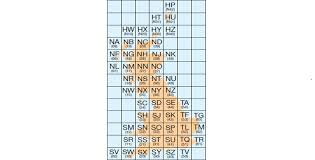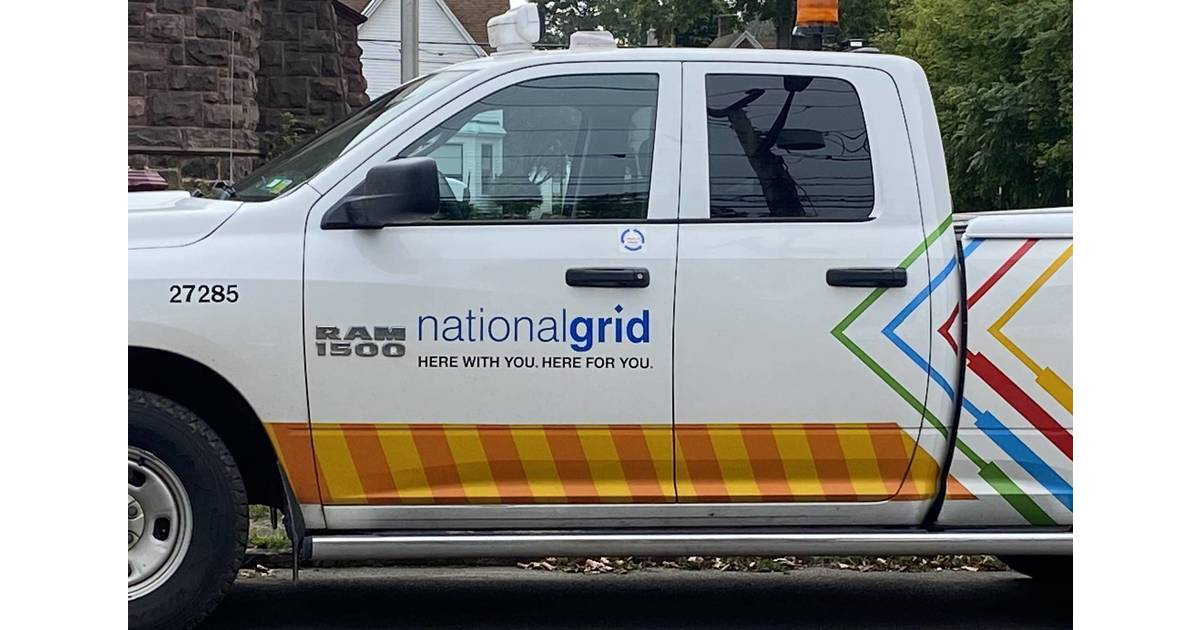
Introduction
The National Grid is a crucial element of the United Kingdom’s energy infrastructure, providing electricity to millions of homes and businesses. As the demand for energy continues to evolve, understanding the National Grid’s operations and challenges has never been more pertinent. With recent concerns about climate change and energy security, the National Grid plays an essential role in transitioning to sustainable energy sources.
What is the National Grid?
The National Grid is an interconnected network of transmission lines, substations, and transformers that deliver electricity from power stations to consumers. It operates across England, Scotland, and Wales, with separate systems in Northern Ireland. The grid is managed by National Grid Electricity System Operator (ESO), which ensures that electricity supply meets demand in real-time, maintaining balance across the network.
Recent Developments
In recent months, the National Grid has been making headlines due to its efforts to adapt to changing energy demands. The shift towards renewable energy sources, such as wind and solar power, has led to increased interest in grid management technologies. For instance, the integration of battery storage systems is being explored to help balance supply and demand by storing excess energy generated during peak production times.
In October 2023, the National Grid ESO reported a significant increase in renewable energy generation, with wind and solar sources accounting for over 50% of total electricity generation during certain periods. This milestone highlights the successful transition towards a greener energy mix, although it also introduces new challenges in grid reliability and stability.
Challenges Ahead
As the UK moves closer to its target of achieving net-zero carbon emissions by 2050, the National Grid will face mounting pressure to adapt. The rapid increase in renewable installations necessitates advanced grid management strategies to ensure stability and prevent outages. Furthermore, the growing number of electric vehicles also places additional strain on the grid, demanding innovative solutions to accommodate increased electricity consumption.
Conclusion
The National Grid stands at a crossroads as it navigates the complexities of renewable energy integration, growing demand, and the push for decarbonisation. For consumers, understanding the workings of the National Grid is essential, especially as it affects energy costs and supply reliability in an increasingly energy-conscious society. As investments in technology and infrastructure continue, the National Grid will remain a pivotal component in shaping the UK’s energy future, ultimately leading to a more sustainable and resilient energy system for all.
You may also like

The Importance of the National Grid in the UK

The Future of Renewable Energy: Trends and Innovations
